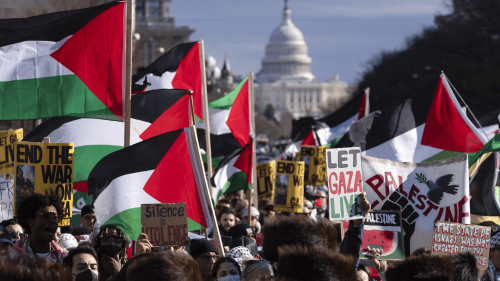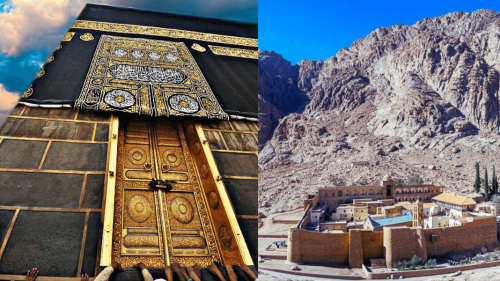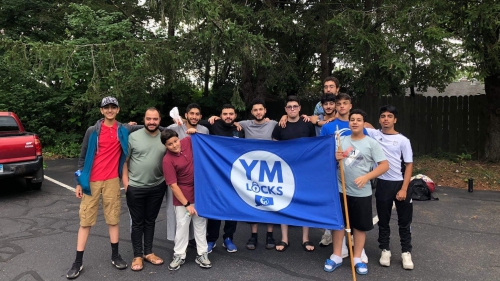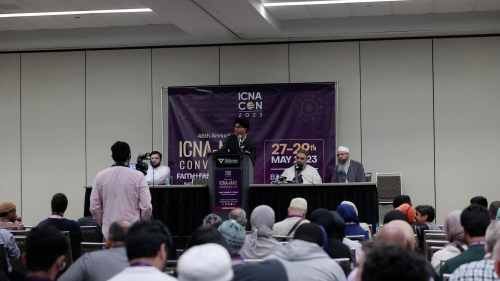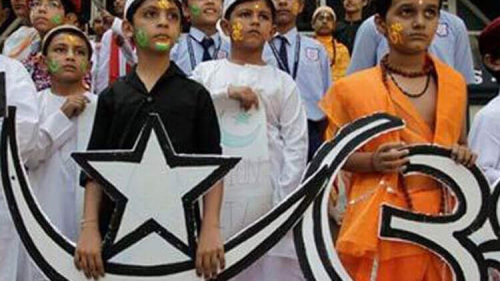The Question on 'Growth Rate' of Muslims
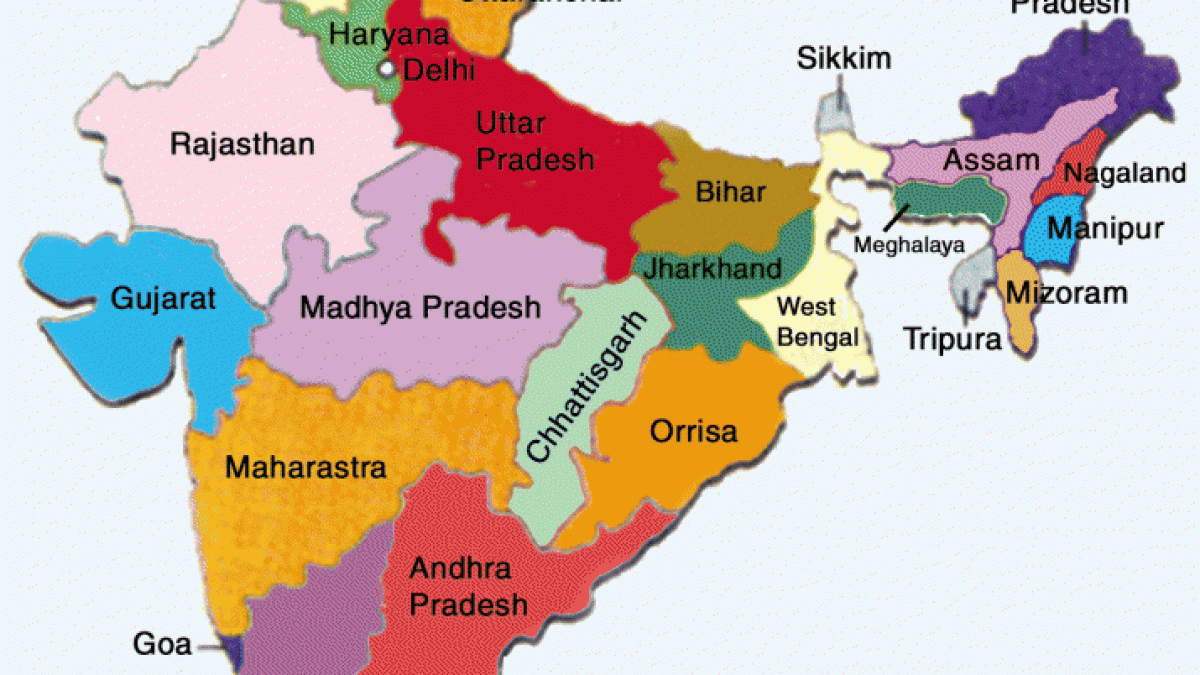
 |
In 1909, a Hindu communalist by the name of Colonel U.N. Mukherji wrote a pamphlet Hindus: A Dying Race. His projections, based on the study of census data between 1881 and 1901, suggested that Hindu demographic share was declining with every passing decade. Col. Mukherji met Swami Shraddhanand of Arya Samaj at Calcutta in 1911. His novice study prompted Swami Shraddhanand to formulate Shuddhi and Sangathan. It was a project to bring back converted Hindus into their native Hindu fold. The rest is history!
In recent years, in analyzing India's religious demography, the authors [all non-demographers] of the book - "Religious Demography of India", Joshi et al., have explicitly stated that there is much Indian Religionists - a term used as an euphemism for Hindus, Sikhs, Buddhists and Jains - need to fear. They claimed, "The proportion of Indian Religionists in the population of India has declined by 11 percentage points during the period of 110 years ... Indian Religionists formed 79.32 per cent of the population in 1881 and 68.03 per cent in 1991 ... If the trend ... continues, then the proportion of Indian Religionists in India is likely to fall below 50 per cent early in the latter half of the 21st century." As can be seen the authors purposively included Pakistan and Bangladesh in their rhetoric. The sly authors don't tell their readers that for the present Indian Union, the "decline" has been trivial in the last 100 years (e.g., from 86.64 % in 1901 to 85.09 % in 1991). But who wants to do the math when the politically motivated, chauvinist, non-demographers are doing all the hard work for their mesmerized audience!
Since the publication of this Hindu Mein Kamf of sort, touted as a 'landmark' work by former Deputy Prime Minister L.K. Advani, many Hindu communalists and fanatics of the Hindutva have played the religious card too well to drum up support within the broader Hindu community. They claim, like those authors, that "pocket of high Muslim influence seems to be now developing in the northern border belt covering Uttar Pradesh, Bihar, West Bengal and Assam. And a border pocket of even more intense Christian influence has developed in the north-eastern states". Now the issue has become a national one catapulting many obscure, chauvinist political figures to national roles. It won't be any surprise when the Hindu fundamentalist BJP (a member of the Sangh Parivar) wins the next national election in India and her one-time tea hawker Narendra Modi (now the chief minister of Gujarat) becomes the Prime Minister.
As I have noted before, these narrow-minded Hindu fanatics are simply oblivious of the various factors that contribute to demographic changes in a landscape - e.g., the fertility and mortality rates, socio-economic conditions, female literacy, urbanization, family planning and migration. In a 2005 paper, "District Level Fertility Estimates for Hindus and Muslims," Professor S Irudaya Rajan of Center for Development Studies, Thiruvananthapuram, Kerala, India, provided estimates of crude birth rates (CBR) and total fertility rates (TFR) for Hindus and Muslims for 594 districts of India, and assessed the state and district level differentials across the country. It reconfirms that there is a regional variation in fertility in India, with higher fertility in the north than in the southern and western parts, irrespective of religious affiliation.
Professor Rajan's analysis showed that while the difference is narrow or negligible in south and west India, a significantly higher rate of Muslim fertility is observed in eastern and north-eastern India. The difference in Hindu-Muslim fertility is far higher in states like West Bengal, Assam, the north-eastern states and a few northern states (thus contributing to higher annual growth rate). But in other parts of the country, Muslim fertility is falling in line with Hindu fertility as the difference is narrow both at higher and lower levels of fertility. This sharp differential in fertility among Hindus and Muslims in northern and eastern parts of India can be explained by the female literacy differentials by religion in these states rather than any other social-economic variable. As demographers have found out female education always emerges as a major predictor for fertility differentials. All those states recording much higher Muslim fertility than that for Hindus have very low female literacy levels among Muslims. The largest differential between Hindu-Muslim female literacy is in Haryana, where female literacy among Muslims is as low as 21.5 % compared to 57.1 % among Hindus.
I have analyzed the data statistically and found that there is a strong correlation between the differentials in TFR and FLR:
TFR-delta = 0.823 - 0.0484 FLR-delta
with a R-sq(adj) of 73.1%. However, if the data for Jammu and Kashmir, Daman & Diu, Dadra & Nagar Haveli, Andaman & Nicobar, and Punjab (with high residual errors) are discarded from the analysis, the correlation is much improved with a R-sq(adj) of 88.1%. The corresponding regression equation then becomes:
TFR-delta = 0.908 - 0.0532 FLR-delta.
The data strongly corroborate the well-known fact that those two parameters have inverse relationship, i.e., when female literacy rate goes up, the total fertility rate goes down.
Prof. Rajan's study also reconfirms regional variation in fertility in India: higher fertility in the north compared to the southern and western parts of India, which is true irrespective of religious affiliation. For instance, the illiterate women in Kerala have fewer children compared to illiterate women in Madhya Pradesh or anywhere else in India.
When it comes to fertility rate, socio-economic condition does matter. This well-known fact is reflected in the Indian census data. Even in the demographically developed state of Kerala (which has the highest literacy rate - 94% in India), the population growth rates of Hindu brahmins are much lower than that of Hindu nairs, followed by Hindu ezhavas. Similarly among Christians, Syrian Christians' growth rates are lower than that of Latin Christians. In the post-partition early decades Kerala's population growth rate was not only high (above 2% per annum) by its own standards, but also higher than India's growth rates several decades after independence. During the 1991-2001 decade Kerala's growth rate was just 0.9 % per annum as against India's 1.9. Similarly, between 1981-91 and 1991-2001, the Muslim growth rate in India has shown a decrease from 3.2 % per annum to 2.9 % per annum.
In the pre- and early British era of colonization of India, Muslims, in general, who were economically more prosperous than other religious groups, had a lower growth rate. As their socio-economic condition deteriorated during the British colonial era and after Indian independence, the growth rate increased. Professor Rajan's demographic study also shows that at the beginning of the 20th century, Muslim growth rates were slightly lower than that for Hindus. Since then, Muslims in India registered higher growth rates in comparison to Hindus as well as the total population right through the last 100 years. Even during the influenza decade of 1911-21, India's growth rate was zero and the Hindus registered a negative growth rate. Muslims registered a minimal growth of just 0.1 % per annum. The defining moment of both the Hindu and Muslim population growth rate was after independence. Muslims registered a negative growth rate of 1.8 % per annum in 1941-1951 resulting from the large-scale movement of people from India to Pakistan. On the other hand, Hindus registered the highest growth rate of close to 2.4 %. The growth rates of Hindus and Muslims in the post-independence decades, Hindu population growth hovered between 2.0-2.2 % per annum whereas Muslims growth was between 2.7-2.8 %. In other words, both groups grew by more than 2 % per annum during 1961-1991.
In the post partition era, Muslims as a whole appear to have 0.75 % higher annual growth rate than majority Hindus (e.g., 2.57% compared to 1.82% in 1991-2001). And unless their socio-economic conditions improve significantly with jobs and education, esp. amongst the Muslim females, this trend may continue for a foreseeable future.
In the 2001 Indian census, only the five bigger states (Uttar Pradesh - 18.5 %, Bihar - 16.5 %, Assam - 30.9 %, Kerala - 24.7 % and West Bengal - 25.2 %), two smaller states (Jammu and Kashmir - 67 % and Jharkland - 13.8 %) and one union territory (Lakshadweep - 95.5 %) had a proportion of Muslims above the national average of 13.3 %. Professor Rajan's study showed that among the above eight states/union territories, five of them reported their Muslim growth rates as below the national growth rate of 2.57 %; in fact, two states reported below the national average of 2.03 %.
The Table below shows the % annual growth rate in 15 major Indian states from 1951 to 2011.
| Indian State |
1951 |
2011 |
% annual growth (1951-2011) | % annual growth (2001-2011) |
| West Bengal | 26,299,980 | 91,276,115 | 2.10% | 1.30% |
| Andhra Pradesh | 31,095,259 | 84,580,777 | 1.70% | 1.00% |
| Assam |
8,028,856 |
31,205,576 | 2.30% | 1.60% |
| Bihar | 37,782,271 | 104,099,452 | 1.70% | 2.30% |
| Gujarat | 16,262,657 | 60,439,692 | 2.20% | 1.80% |
| Haryana | 5,673,614 | 25,351,462 | 2.50% | 1.80% |
| Karnataka | 19,401,956 | 61,095,297 | 1.90% | 1.50% |
| Kerala | 13,559,118 | 33,406,061 | 1.50% | 0.50% |
| Madhya Pradesh | 26,071,637 | 72,626,809 | 1.70% | 1.90% |
| Maharashtra | 32,002,564 | 112,374,333 | 2.10% | 1.50% |
| Orissa | 14,645,946 | 41,974,218 | 1.80% | 1.30% |
| Punjab | 9,160,500 | 27,743,338 | 1.90% | 1.30% |
| Rajasthan | 15,970,774 | 68,548,437 | 2.50% | 2.00% |
| Tamil Nadu | 30,119,047 | 72,147,030 | 1.50% | 1.50% |
| Uttar Pradesh | 63,219,655 | 199,812,341 | 1.90% | 1.90% |
| Total in 15 states | 349,293,834 | 1,086,680,938 | 1.90% | 1.60% |
| Overall population | 1,210,193,422 |
1.60% |
The census data of 2011 show that Bangladesh's neighboring state West Bengal had an overall annual growth rate that was lower than the national average of 1.6%, and even the data for the state of Assam is at par with the national average. As such, the Hindutvadi claims about Bangladeshi Muslims inflating the growth rate appear to be just hogwash and unsubstantial.
In the context of India, as rightly noted by Prof. Rajan, despite higher growth rates amongst Muslims, "the population projections by religion indicates that Muslims will add fewer people in absolute numbers, compared to Hindus in the next 50 years, owing to their smaller population base."
So, why all this hocus pocus around 'endangered' or 'dying' Hindu community, not just in 'Islamic' Bangladesh but also in 'mother' India? Who gains from such exaggerated, unsubstantiated claims of pro-Indian Hindu advocacy groups inside Bangladesh that have hitherto collaborated with anti-Bangladesh and anti-Muslim hate groups like Hindu Samhati, Mukta-mona and CRIBR? What are they aiming for - further polarization of the people along religious lines? Are they aiming for Indian hegemony in territories lost during the Partition of India? Rather than making mountains out of moles why not they work towards breaking the wall of monumental hatred that they espouse against non-Hindus? Why not they create opportunities for education and job amongst the downtrodden so that with upward mobility the latter would have less fertility rate, and therefore, unable to change the very demography that they are so mindful of protecting?
Contrary to the claims made by Indian hegemonists, Bangladeshi Hindus (who comprise less than 9% of the population) are more prosperous than fellow Muslims and are well placed in every sector in spite of the fact that many have chosen to settle overseas. That preference for the educated folks to live in more prosperous countries is nothing new and has been the trend throughout history. The cultural ties and religious affiliation with vast majority of Hindus living next door in India have also gravitated some Bangladeshi Hindus to retiring in India while they made money inside Bangladesh. Such traits are in human DNA. It is no surprise, therefore, that their proportion inside Bangladesh has shrunk comparatively.
The influx of persecuted Muslims from India and Burma into Bangladesh, on the other hand, has resulted in widening this proportion between Hindus and Muslims. Not to be ignored in this context, as shown above, is the fact that population growth rate amongst poor Muslims have been greater than more prosperous Hindus. So, when Hindu activists complain that their proportion has been on the decline since 1941, it is no brainer to understand the root causes.
It is utterly irresponsible and disingenuous of such activists to link the gap with so-called persecution and discrimination of Hindus. Such false claims play into the hands of Hindu extremists inside India who exploit those to execute their fascist plan of depopulating Muslims out of India, and create fertile grounds for xenophobia, intolerance and bigotry.
As noted by Swapan Dasgupta in India Today, the British were very zealous with their demographic studies in India - all to maximize the 'divide and rule' policy. Before 1881, very few Indians knew about the religious divide so carefully crafted by the new imperial masters. The realization that Muslims made up a majority in undivided Bengal gave a stimulus to cultural separatism. Bengali Hindus subsequently did not want to remain a minority in Joint Bengal and created the very conditions that helped the creation of Pakistan via Partition of India in 1947.
If the Hindus of today want to repeat the same mistakes of yesteryears, neither Narendra Modi nor Tapan Ghosh can save India's fragmentation.
*****
Dr Habib Siddiqui has authored nine books. His book: "Democracy, Politics and Terrorism - America's Quest for Security in the Age of Insecurity" is available at Amazon.com.







